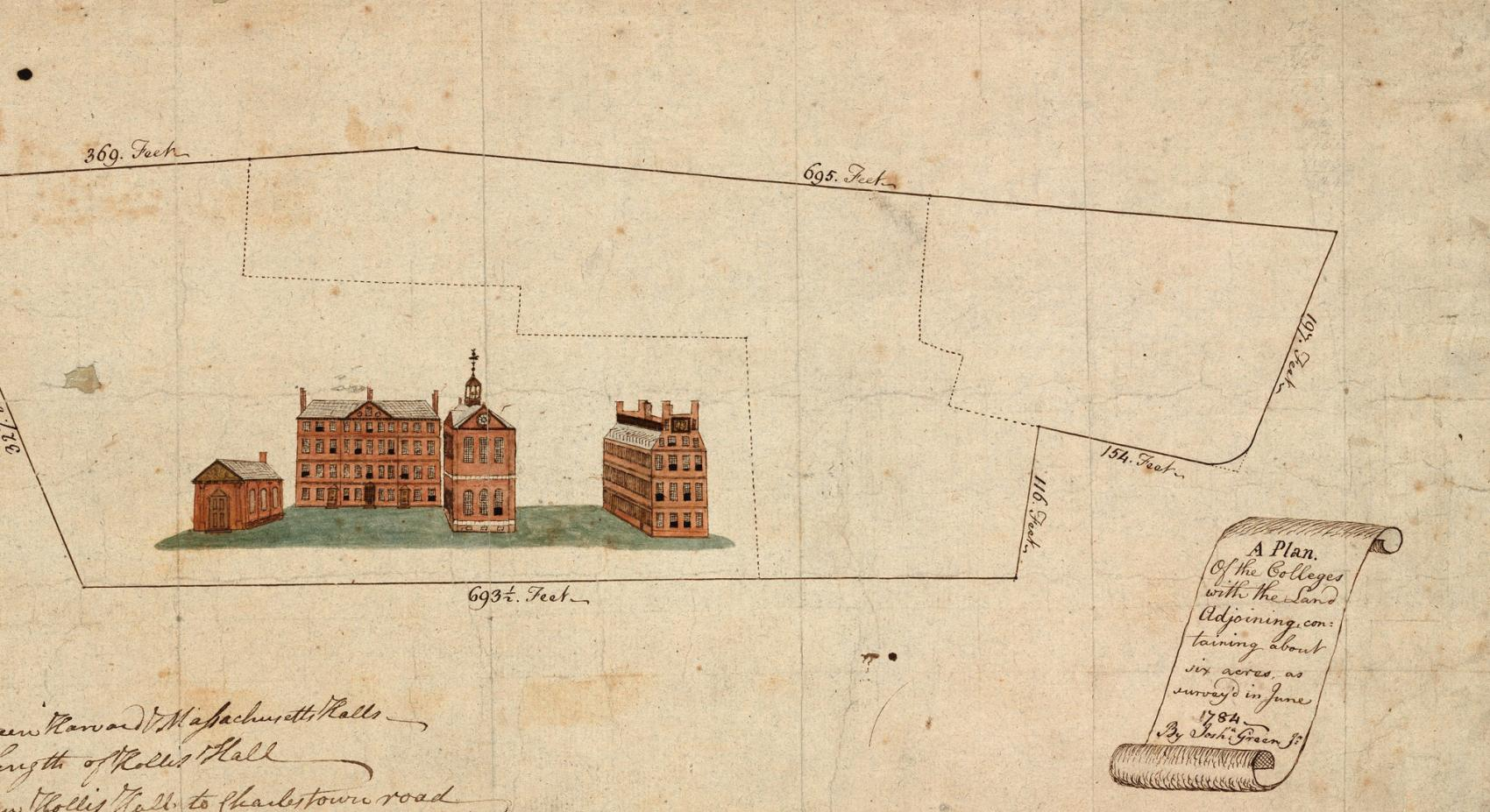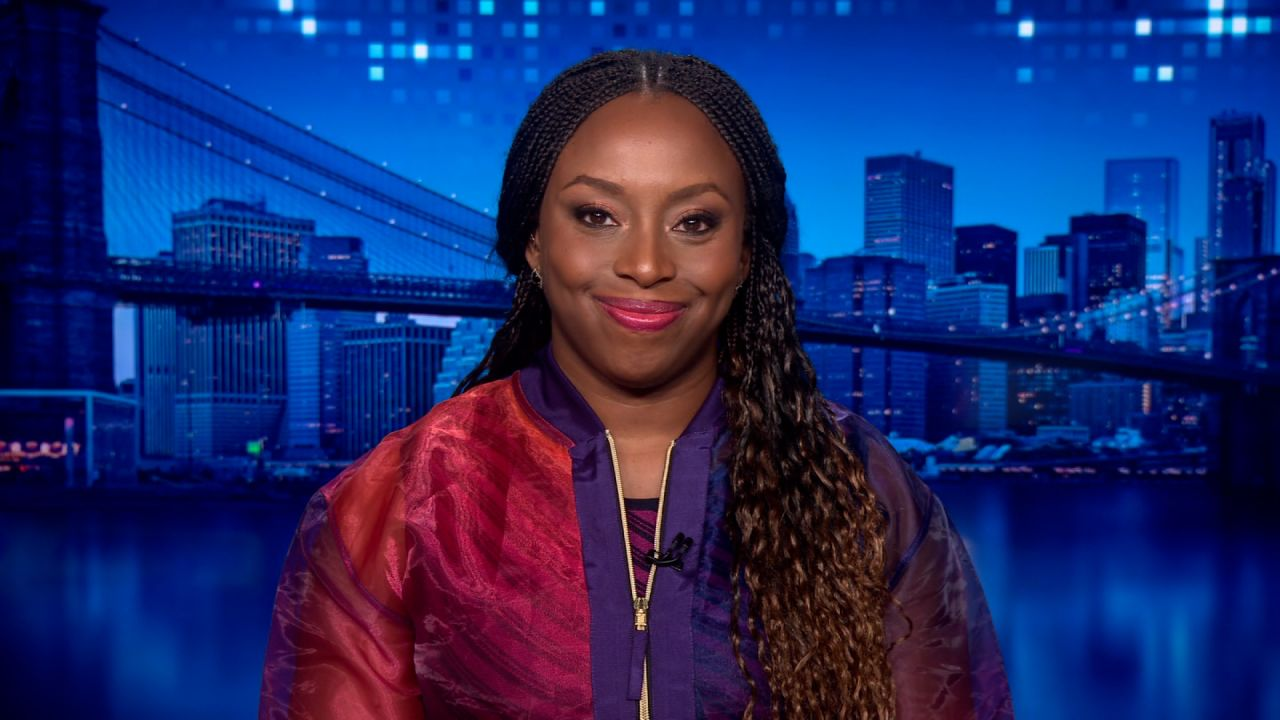
AI in Photojournalism: How Technology Can Preserve Truth
AI in photojournalism is transforming the way we perceive and document visual narratives. As the integration of artificial intelligence photography continues to evolve, it presents both challenges and opportunities for capturing the essence of real-world events. Emmy award-winning visual storyteller Kira Pollack is at the forefront of this movement, exploring how AI can aid in the preservation of photojournalism archives that embody our collective history. With the ever-growing concern about the impact of AI on photography, Pollack’s efforts aim to harness this technology to safeguard the integrity and authenticity of photojournalism preservation. By focusing on ethical applications of AI, she hopes to ensure that the vast archives of photojournalists remain accessible and relevant in the face of advancing digital tools.
The rise of intelligent technologies in visual storytelling marks a pivotal shift in the landscape of photography and journalism. Within the realm of visual documentation, tools powered by machine learning can enhance not only the production of images but also the curation and maintenance of extensive photo archives. By investigating innovative ways to utilize these advancements, professionals like Kira Pollack are setting a precedent for how history is recorded and remembered. As we navigate the complexities of these developments, it’s crucial to understand their implications for quality journalism while also addressing critical concerns about authenticity. Ultimately, the future of visual narrative lies in the balance between embracing technological innovation and preserving the core values that define storytelling.
The Role of AI in Preserving Photojournalism Archives
In the face of rapidly evolving technology, the photojournalism community grapples with the dual threats posed by artificial intelligence (AI) and its transformative potential. Kira Pollack, a prominent figure in this dialogue, posits that while AI can compromise the authenticity of visual storytelling, it also holds the key to preserving the rich history of photojournalism. Archives, often thought of as relics of the past, are, in fact, dynamic resources that contain untold stories waiting to be explored. By leveraging AI, Pollack aims to safeguard the visual documentation of significant events, ensuring that the integrity of these images is maintained even as the technology continues to advance.
Pollack’s research highlights how artificial intelligence in photography can revolutionize the way we access and interpret photo archives. By utilizing intelligent algorithms, she and her team have begun experimenting with categorizing and contextualizing vast collections of images that would otherwise remain unseen. This approach not only facilitates better organization but also enhances the ability to engage with the emotional and narrative aspects of photography. Modern tools can potentially organize collections at scale, providing a richer understanding of the context and depth behind each image, ultimately aiding in the preservation of history.
AI in Photojournalism: Navigating Trust and Authenticity
As AI-generated imagery becomes more prevalent, the photojournalism sector faces significant challenges related to public trust and the perception of authenticity. Kira Pollack’s endeavors reflect an understanding of the urgent need to navigate these concerns while leveraging AI for positive outcomes. The fear that generated images could blur the lines between fact and fiction is valid; yet, Pollack champions a differentiated approach, arguing for the use of AI not to deceive, but to enhance the understanding of real photojournalism. By focusing on preservation, her work seeks to align with the core values of editors and photographers that emphasize truth and the accurate representation of reality.
Moreover, the ethical implications of AI in photography extend beyond mere authenticity. Copyright issues arise when unauthorized images are utilized to train AI models, raising critical questions about ownership and the rights of photographers. Pollack’s work emphasizes a balanced discourse where AI serves to empower rather than exploit. By concentrating on the advancements that allow for responsible organization and presentation of photojournalistic archives, Pollack’s vision aims to reinforce trust in visual media. The goal is to illuminate the vital contributions of photojournalists and ensure that their legacy is preserved amidst the evolving landscape of image-making.
The Future of AI in Photography: Challenges and Opportunities
Looking toward the future, AI’s integration into photography suggests both profound challenges and unparalleled opportunities. The advancements in artificial intelligence photography hold the potential to radically change how images are created, curated, and consumed. With photojournalists like Pollack leading the way in identifying both positive applications and necessary safeguards, the future of photojournalism may hinge on a delicate balance between embracing innovation while protecting the authenticity of visual narratives. The ongoing dialogue around AI’s capabilities will be crucial in shaping strategies for the preservation of photo archives, effectively responding to the evolving landscape of image technology.
Yet, while exploring the technological potentials, it is equally essential to address the shortcomings of AI. Pollack’s work aims to highlight the need for critical engagement with AI, ensuring that the core tenets of photojournalism—truth, authorship, and memory—are not merely preserved but celebrated. The development of AI tools should ideally align with the ethical considerations that underpin journalistic integrity, ensuring that while innovation thrives, the authenticity of visual storytelling remains uncompromised. This future-oriented perspective encourages a proactive approach to integrate AI meaningfully within the photographic field without forsaking its foundational values.
Kira Pollack’s Vision for Photojournalism’s Future
Kira Pollack’s commitment to redefining the intersection of AI and photojournalism is integral to envisioning a sustainable future for the industry. By engaging with diverse disciplines, including technology, ethics, and policy, her approach demonstrates a dedication to ensuring that advancements in artificial intelligence photography are implemented thoughtfully. Pollack emphasizes the importance of dialogue among technologists, journalists, and media professionals to foster an ecosystem where AI aids in preserving visual history without compromising the fundamental truths that photojournalism seeks to uphold.
Through her role as a Shorenstein fellow, Pollack is determined to illuminate how AI can serve as an ally in safeguarding the archives of professional photojournalists. By fostering collaborations that reflect critical thinking about the impacts of technology, she hopes to return to the community equipped with insights that empower photographers to shape their narratives actively. As Pollack navigates the complex dynamics between technology and artistic expression, her leadership promises to guide the industry toward a future where the integrity of photojournalism is both preserved and enriched by innovation.
Understanding AI’s Impact on Photography and Journalism
The expansion of artificial intelligence into photography raises critical discussions about its impact on the fundamental tenets of journalism. Pollack’s work aims to dissect these layers, highlighting AI’s potential to not only disrupt but also enhance the documentary process. By understanding the impact of AI on photography, stakeholders can begin to formulate strategies that harness the technology for the collective good while maintaining high journalistic standards. Emphasizing the necessity for transparency and ethical considerations, Pollack advocates for a future where technology bolsters the trusted aspects of photojournalism rather than diminishes them.
At the heart of this conversation lies the urgent need for the photography community to adapt and respond to new challenges posed by AI. From mitigating the risks of misinformation to ensuring equitable access to archival content, Pollack’s exploration signifies a proactive stance on safeguarding the essence of photojournalism. By fostering a culture of ethical AI usage and engaging in informed discussions about its implications, the industry can better navigate the complexities of modern visual storytelling as it embraces the advancements inherent in contemporary technology.
Ethical Considerations for AI in Photojournalism
The deployment of artificial intelligence in the field of photography brings with it a host of ethical questions that must be critically examined. As AI tools become more prevalent in generating images and evaluating existing ones, it is paramount for practitioners and technologists alike to engage in conversations surrounding authorship, consent, and representation. Kira Pollack emphasizes the importance of prioritizing ethical frameworks when leveraging AI to ensure that the artistry of photojournalism is honored and preserved. Addressing these ethical considerations is not merely an ancillary discussion but a fundamental necessity in protecting the integrity of visual narratives.
Ensuring that AI algorithms do not unintentionally introduce bias or misrepresentation is a crucial aspect of Pollack’s research. There is a palpable concern regarding how machine learning models trained on biased data can distort reality or perpetuate stereotypes. Pollack’s work seeks to navigate these challenges by promoting a model of AI that benefits from collaborative input from diverse communities, thus enriching the understanding and management of photo archives. As photojournalism continues to evolve with emerging technologies, a rigorous ethical approach will remain essential in fostering trust and credibility in the narratives being presented.
AI and the Evolution of Image-Making in Journalism
In examining the evolution of image-making within journalism, Kira Pollack acknowledges the transformative role AI plays in reshaping photographic practices. The current landscape presents an opportunity for photographic storytelling to embrace new methods of creation while conducting rigorous assessments of intent and execution. As the techniques employed in journalism adapt to include artificial intelligence, it becomes imperative to examine how these innovations meet the essential demands of storytelling and truth-telling.
Pollack’s perspective emphasizes that AI shouldn’t solely be perceived as a challenge but viewed as an opportunity to elevate storytelling within the profession. By integrating AI-enhanced tools that respect the artistry and purpose behind photojournalism, industry professionals can redefine the narrative while maintaining fidelity to the truth. The interplay between traditional practices and innovative techniques will be critical in ensuring that journalism continues to resonate meaningfully with audiences, even as new technologies emerge.
Collaborative Approaches to AI in Photojournalism
The collaborative dimension of integrating AI into photojournalism is a theme that Kira Pollack champions throughout her initiatives. The need for collective engagement among photojournalists, technologists, and policymakers becomes apparent as the landscape of visual storytelling transforms. By fostering interdisciplinary collaborations, Pollack envisions a model where every stakeholder contributes insights that enhance the ethical application of AI in the field. This cooperative atmosphere is crucial in generating solutions that protect the integrity of photojournalism while embracing the advantages that AI can provide.
Moreover, Pollack’s advocacy for collaboration entails not just engagement among professionals but also the involvement of the broader public in discussions about AI’s role in visual media. Educational programs and outreach initiatives can empower communities to understand how AI affects the photographic narrative, while also inviting diverse perspectives that promote inclusive storytelling. By prioritizing collaboration, the photographic community can collectively assess the implications of AI and work together to shape technology’s responsible trajectory in photojournalism.
The Path Ahead for Photojournalism in the Age of AI
As Kira Pollack continues her work at the Shorenstein Center, the overarching narrative of photojournalism’s future emerges—one that harmoniously blends the age-old tenets of truth and storytelling with the innovative potential of artificial intelligence. The path ahead may be fraught with challenges, particularly concerning the preservation of authenticity and the safeguarding of photographers’ rights. However, Pollack’s holistic approach creates a framework that embraces technological advances while ensuring that the essence of photojournalism remains unchanged.
In conclusion, the dialogue surrounding AI in photojournalism invites us to reconsider what it means to document history in a rapidly advancing digital age. By focusing on both the threats that AI poses and the opportunities it presents for preserving visual history, Pollack’s efforts champion a future where photojournalism not only survives but thrives. As conversations about AI continue to evolve, those within the photographic community must rally together to ensure that their voices are heard, and their legacies respected. The collaboration between technology and traditional practices may just define the next era of photojournalism.
Frequently Asked Questions
How is artificial intelligence influencing photojournalism preservation?
Artificial intelligence is transforming photojournalism preservation by enabling the efficient cataloging, organization, and contextualization of vast photo archives. This technology can help manage the rich history documented by photojournalists, ensuring that images are not lost and that their narratives are preserved for future generations.
What role does Kira Pollack envision for AI in the future of photojournalism?
Kira Pollack believes that AI has the potential to enhance photojournalism by safeguarding archives and providing insights into context, emotions, and storytelling depth within images. Her research focuses on using AI ethically to support the preservation of visual records while ensuring authorship and integrity remain prioritized.
What are the challenges surrounding AI and photo archives in photojournalism?
The main challenges include concerns over copyright and unauthorized use of photographers’ work to train AI models. Additionally, there is the risk of eroding public trust due to the proliferation of synthetic images. Finding a balance between leveraging AI for preservation while protecting the rights of creators is essential in the photojournalism sector.
How does AI help in cataloging photojournalism work?
AI assists in cataloging photojournalism work by analyzing images for complex elements such as composition, emotion, and context. For instance, AI technology can identify actions, settings, and the emotional states of subjects within a photograph, which aids in creating a more organized and searchable database of photojournalism archives.
Can AI be trusted to maintain the integrity of photojournalism?
While AI can enhance the preservation and analysis of photojournalism, trust in its integrity remains a concern. It is crucial to use AI responsibly, focusing on preserving authentic images rather than generating new ones. Responsible implementation of AI must prioritize the core values of photography: truth, authorship, and memory.
What does the future hold for AI in photography according to experts?
Experts, like Kira Pollack, suggest that while AI poses threats to photography, it also offers significant opportunities for enhancing the preservation and accessibility of visual records in photojournalism. Future endeavors will focus on ensuring that AI is used to complement and safeguard the storytelling legacy of photojournalists.
What is the impact of AI on the quality of visual storytelling in journalism?
The impact of AI on visual storytelling in journalism is multifaceted; it has the potential to enrich narratives by providing deeper insights into historical contexts while also posing risks of misinformation through synthetic images. The critical task is to navigate these challenges to reinforce credibility in visual storytelling.
How can photojournalism archives benefit from AI technology?
Photojournalism archives can benefit from AI technology by improving searchability, enabling automated tagging, and facilitating the discovery of unseen images. By organizing vast collections more effectively, AI helps preserve essential visual histories that might otherwise remain undiscovered.
What ethical considerations should be taken into account when using AI in photojournalism?
Ethical considerations in using AI in photojournalism include respecting copyright, ensuring accurate representation of images, and maintaining the intent and legacy of the original photographers. It is vital to use AI tools that reinforce rather than replace the story and authenticity of journalistic images.
Is AI technology a threat to the authenticity of photojournalism?
AI technology does pose a threat to the authenticity of photojournalism by enabling the creation of photorealistic images that can blur the line between real and fake. However, when used thoughtfully, AI can also support authentic photojournalism by preserving original works and enhancing our understanding of visual narratives.
| Key Point | Description |
|---|---|
| AI as a Threat | Artificial intelligence poses risks to photojournalism through copyright issues and the creation of synthetic images that may blur the lines of reality. |
| Potential for Preservation | Kira Pollack believes AI can be utilized to preserve the visual archive of professional photojournalists and help maintain our historical record. |
| Archives Importance | Pollack emphasizes that photojournalism archives tell essential stories from our history and need safeguarding to prevent loss. |
| AI Implementation | Research is being conducted to assess how AI can analyze and catalogue complex images from conflict zones, providing insight into the historical context. |
| Balancing Technology and Trust | There is a need to ensure AI is used ethically to preserve real photojournalism, rather than to create misleading images that could erode public trust. |
Summary
AI in photojournalism presents both challenges and opportunities. While artificial intelligence threatens the integrity of visual storytelling by enabling copyright violations and generating synthetic images, it also has the potential to preserve invaluable photographic archives. Kira Pollack, a leader in the field, aims to harness AI to maintain and organize historical records of photojournalism, ensuring that critical narratives are not lost. By engaging with ethical questions and leveraging technology responsibly, Pollack and her team aspire to safeguard the visual truth in an era of unprecedented technological change.


